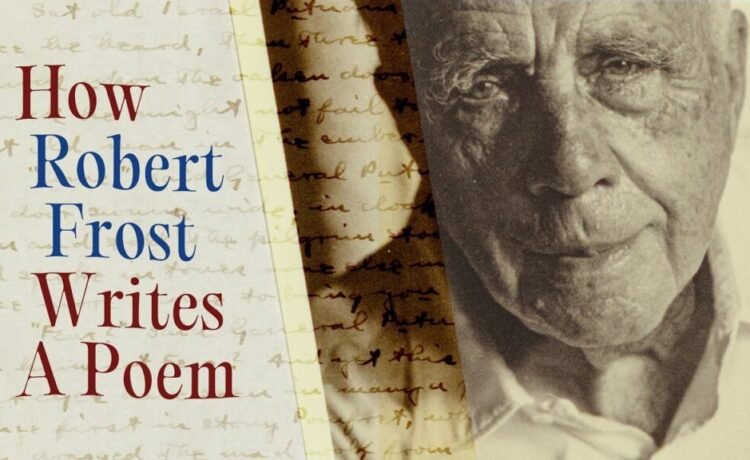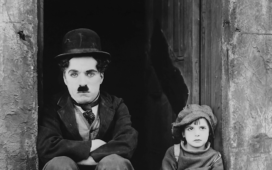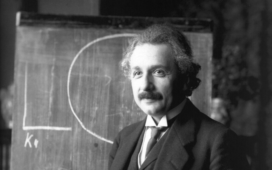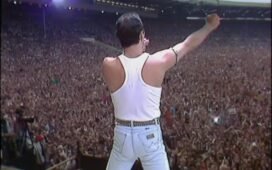Several generations of American students have now had the experience of being told by an English teacher that they’d been reading Robert Frost all wrong, even if they’d never read him at all. Most, at least, had seen his lines “Two roads diverged in a wood, and I— / I took the one less traveled by, / And that has made all the difference” — or in any case, they’d heard them quoted with intent to inspire. “ ‘The Road Not Taken’ has nothing to do with inspiration and stick-to-it-iveness,” writes The Hedgehog Review’s Ed Simon in a reflection on Frost’s 150th birthday. Rather, “it’s a melancholic exhalation at the futility of choice, a dirge about enduring in the face of meaninglessness.”
Similarly misinterpreted is Frost’s second-known poem, “Stopping by Woods on a Snowy Evening,” whose wagon-driving narrator declares that “the woods are lovely, dark and deep, / But I have promises to keep / And miles to go before I sleep, / And miles to go before I sleep.” You can hear the whole thing read aloud by Frost himself in the new video above from Evan Puschak, better known as the Nerdwriter. “What draws me in is the crystalline clarity of the imagery,” says Puschak. “You instantly picture this quiet, wintry evening scene that Frost conjures,” one that feels as if it belongs in “a liminal space” where “time and nature are not divided and structured in human ways.”
Frost evokes this feeling “precisely by structuring time and space in a human way” — that is, using the structures of poetry. Puschak breaks down the relevant techniques like its rhythm, meter, and rhyme scheme (rhyming being a quality of his work that once got him labeled, as Simon puts it, “a jingle man out of step with the prosodic conventions of the twentieth century”). But “the seeming simplicity of the imagery, phrasing, and structure of this poem conceal a lot of subtlety,” and the more you look at it, “the more you see the real world intruding on the narrator’s meditative moment.”
“It’s hard not to read ‘Stopping by Woods on a Snowy Evening’ as concerning self-annihilation (albeit self-annihilation avoided),” writes Simon. After all, why place that “But” after “the observation of the dark, lovely finality of the woods, of that frozen lake so amenable to drowning oneself, if only then to reaffirm that here are promises to keep, miles to go before he sleeps, responsibilities and duties that must be fulfilled before death can be entertained?” This is hardly the kind of subject you’d expect from “the Norman Rockwell of verse,” as Frost’s sheer accessibility led many to perceive him. But as with poetry of any culture or era, sufficiently close reading is what really makes all the difference.
Related content:
How Emily Dickinson Writes A Poem: A Short Video Introduction
How John Keats Writes a Poem: A Line-by-Line Breakdown of “Ode on a Grecian Urn”
How E. E. Cummings Writes a Poem
Based in Seoul, Colin Marshall writes and broadcasts on cities, language, and culture. His projects include the Substack newsletter Books on Cities and the book The Stateless City: a Walk through 21st-Century Los Angeles. Follow him on the social network formerly known as Twitter at @colinmarshall.















